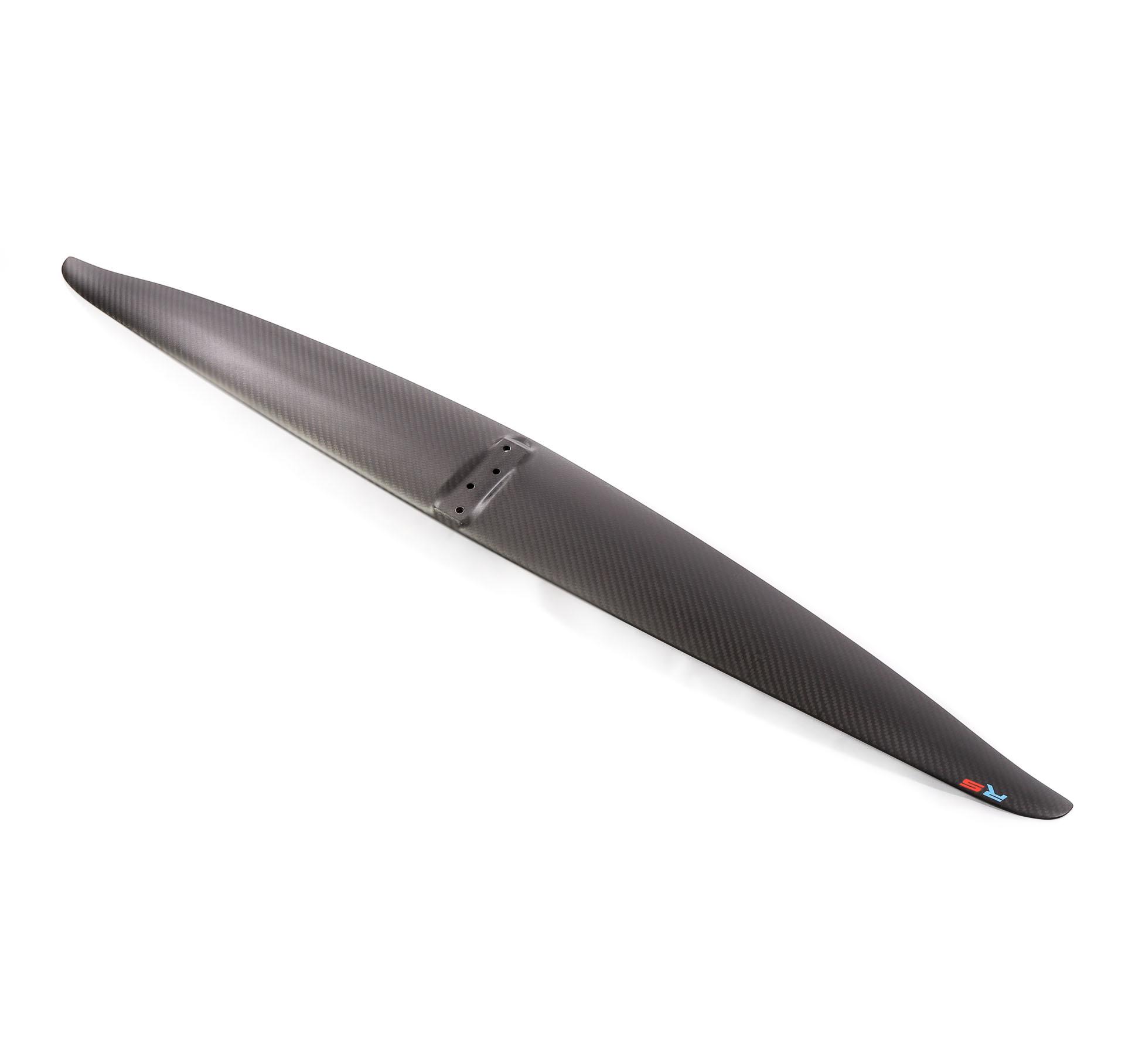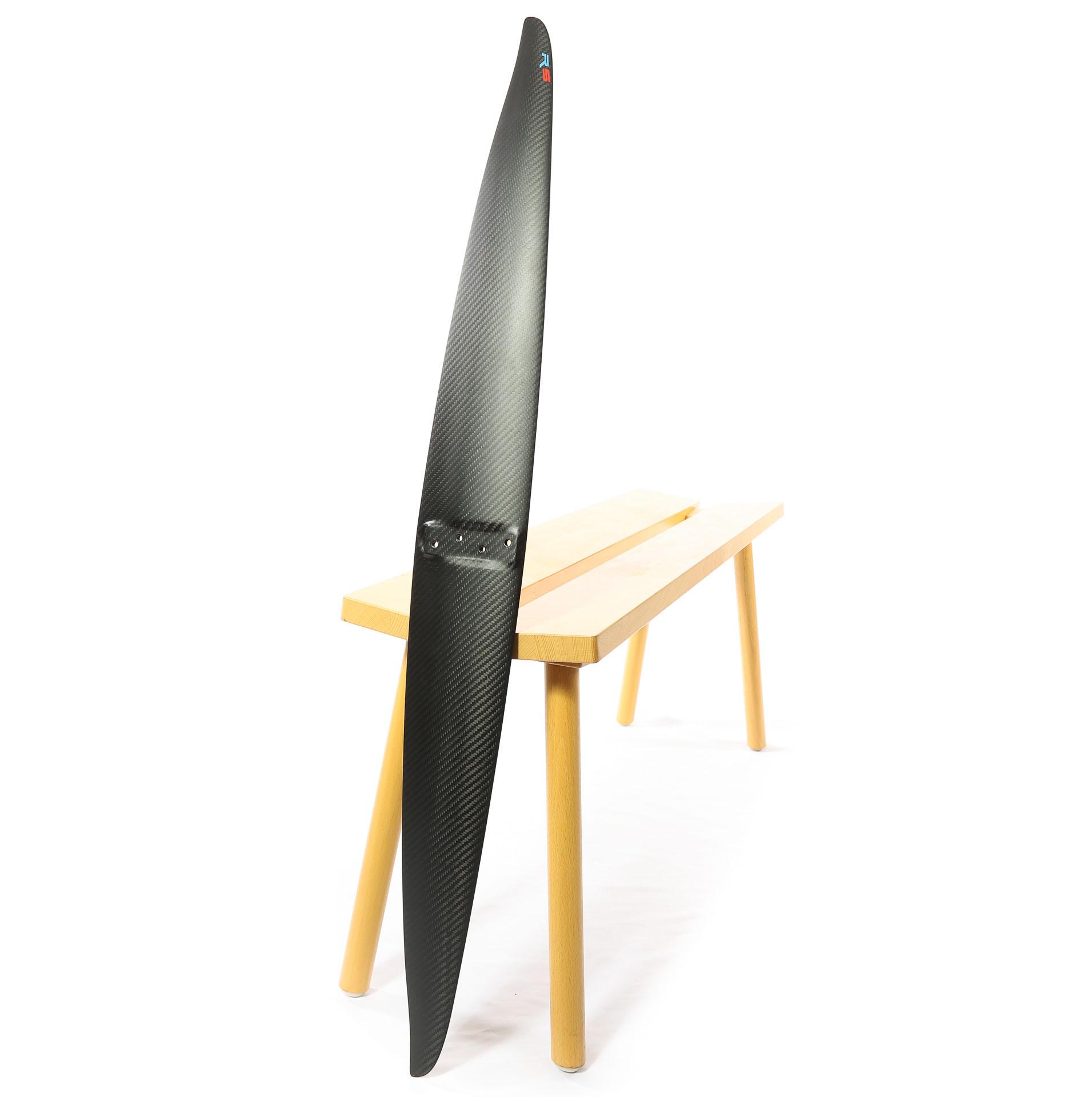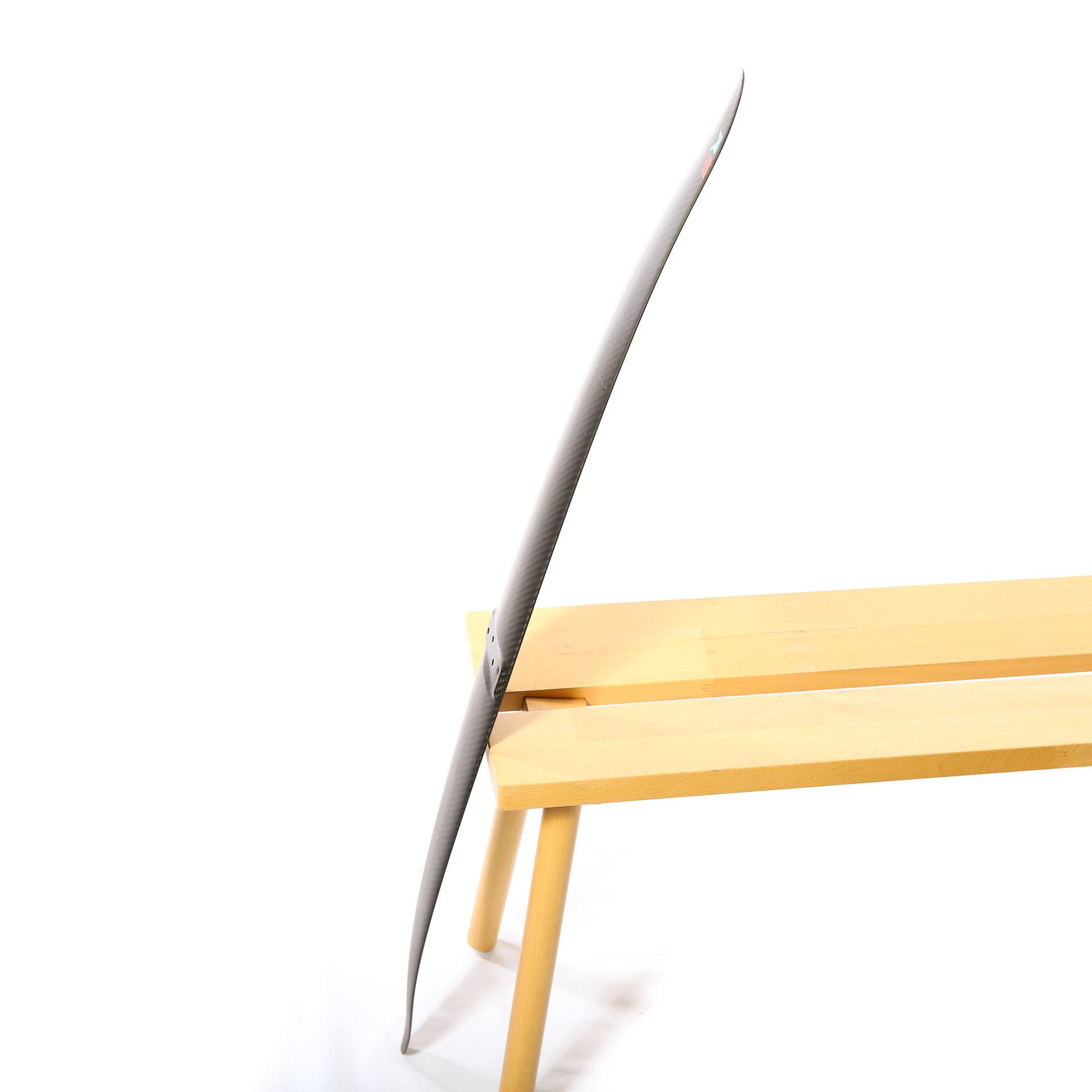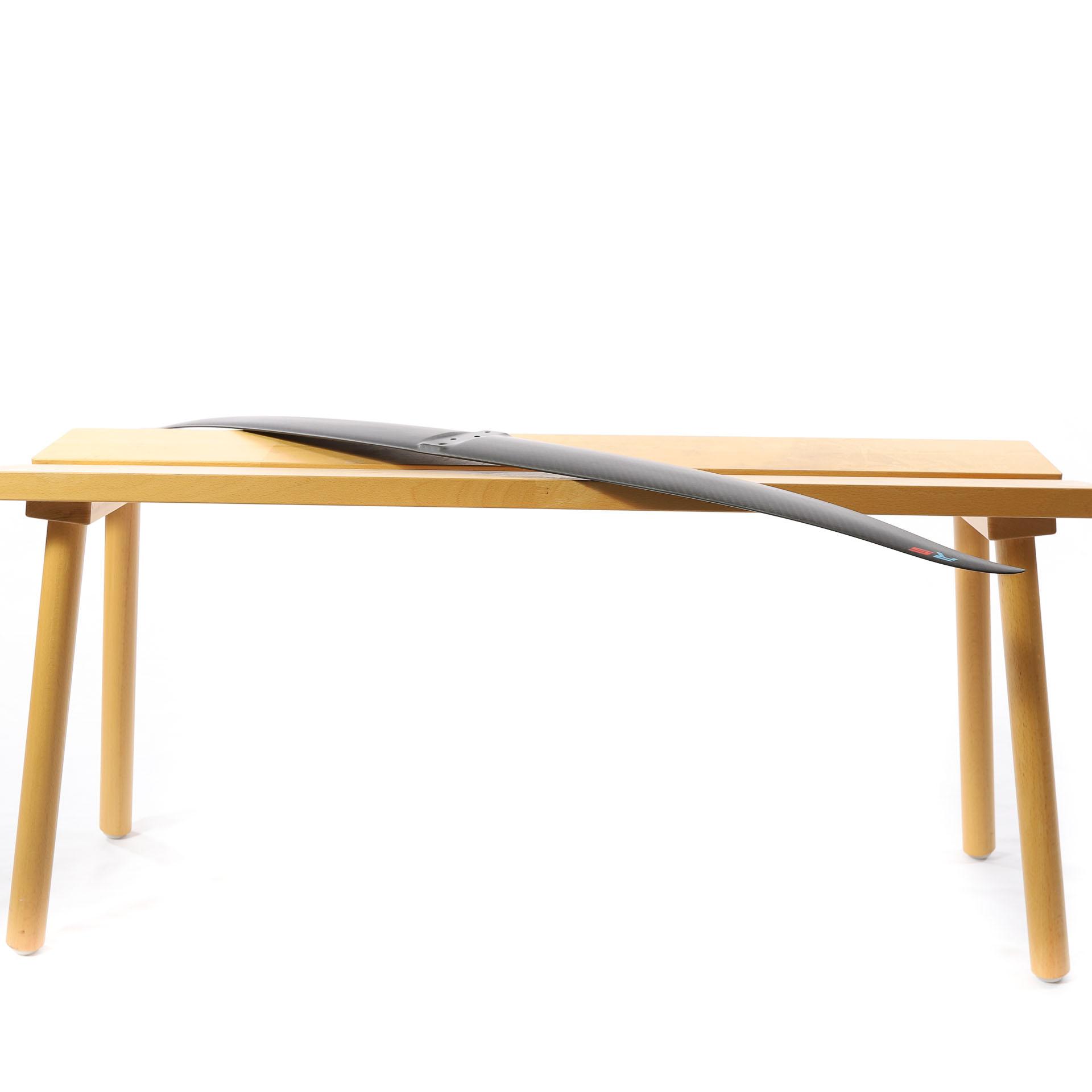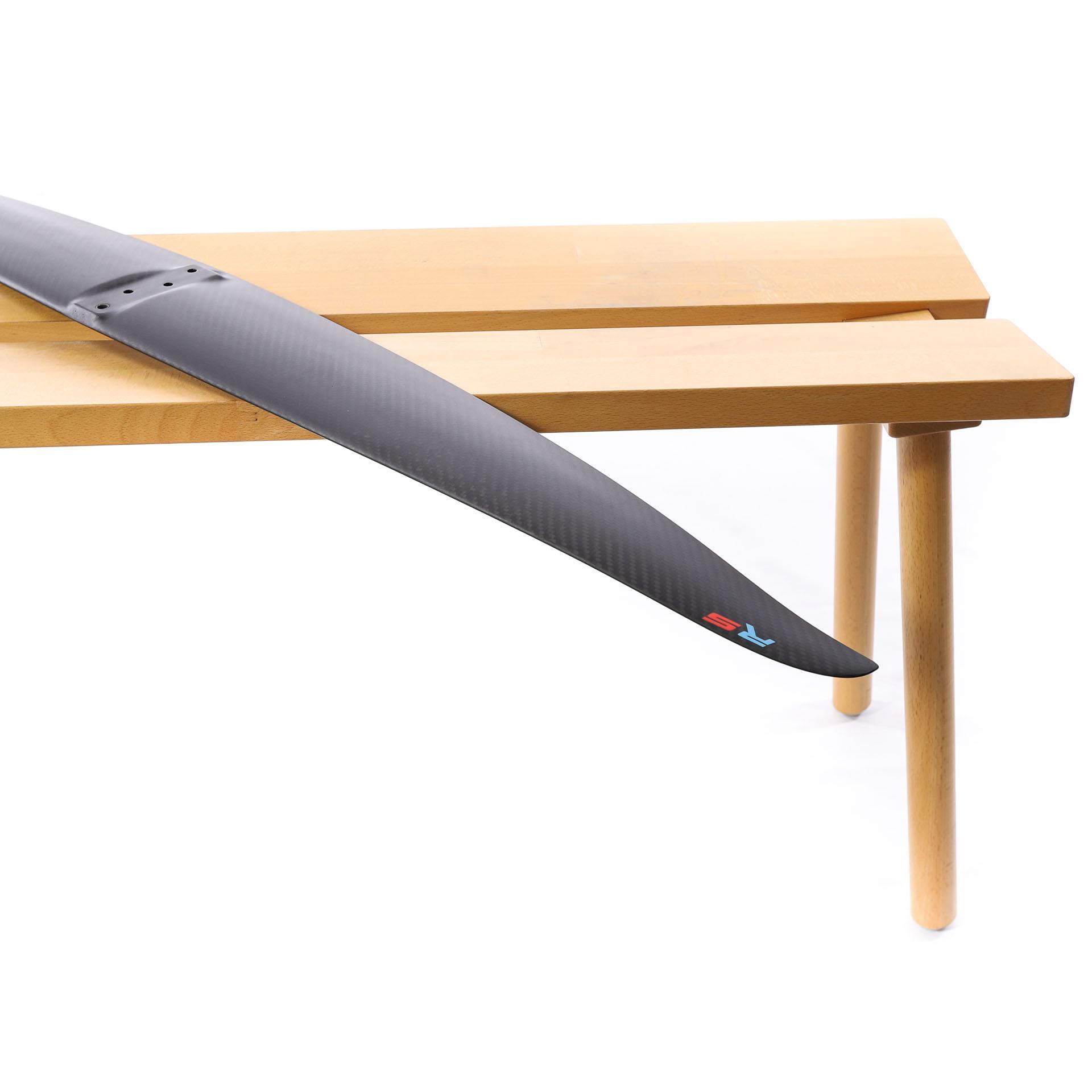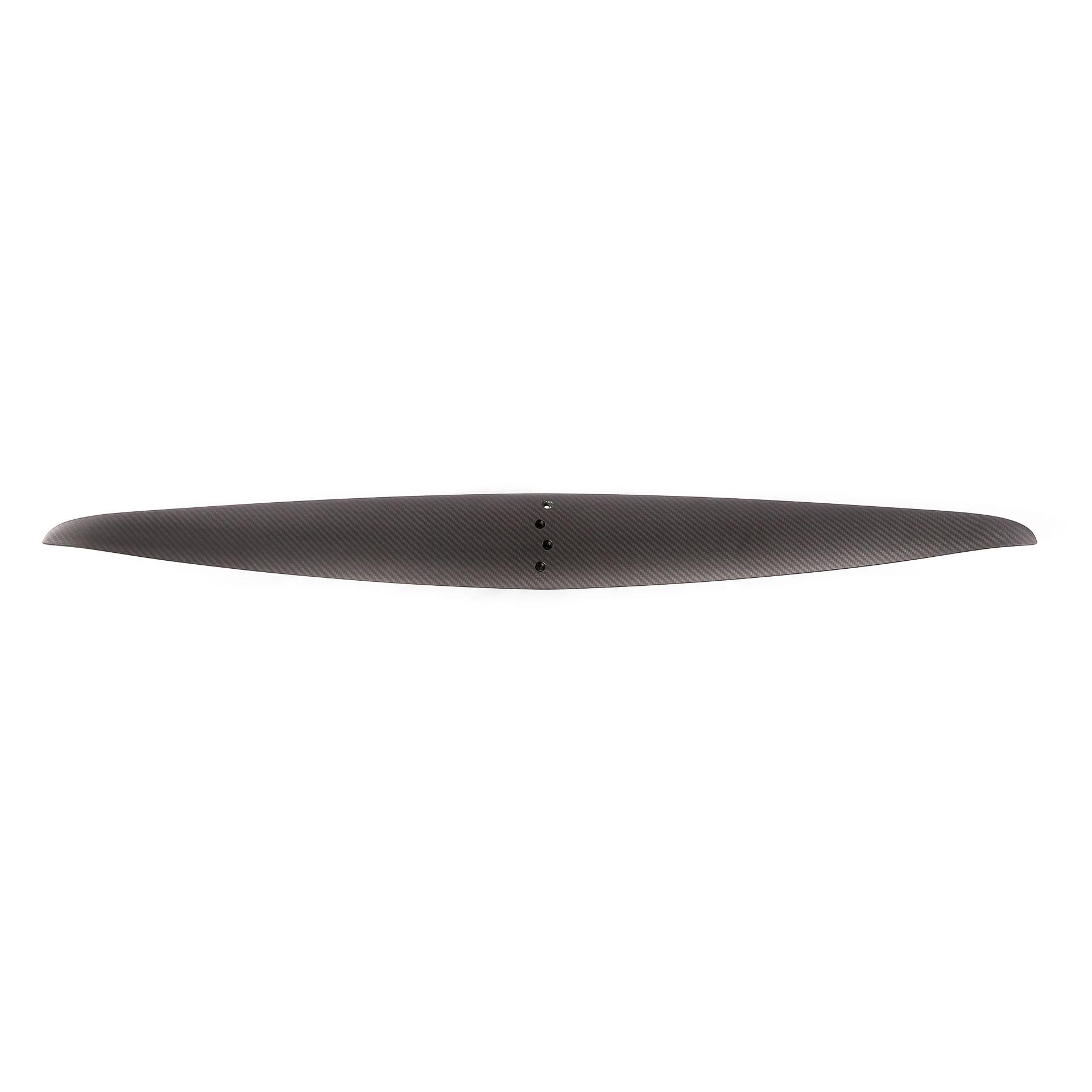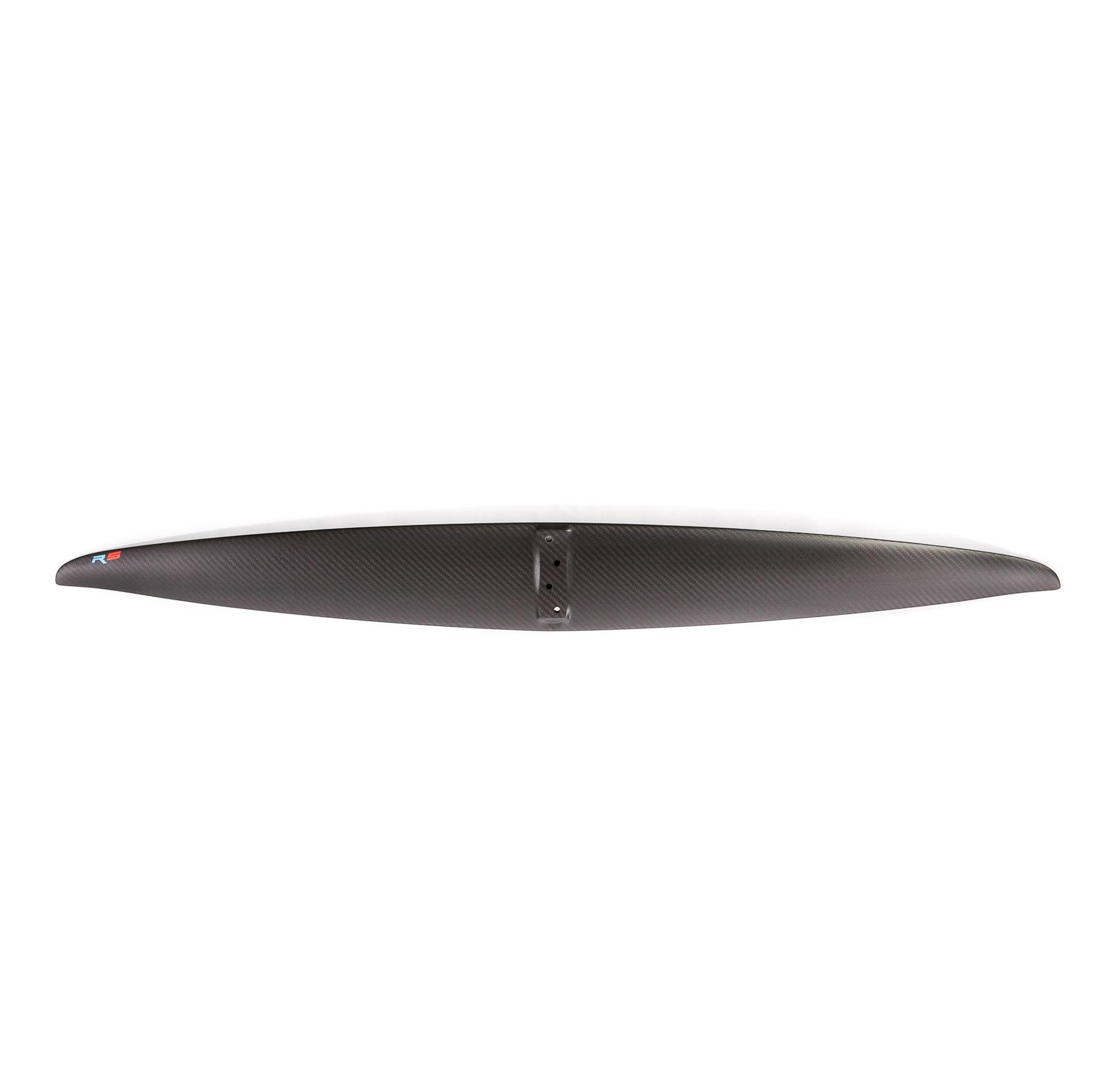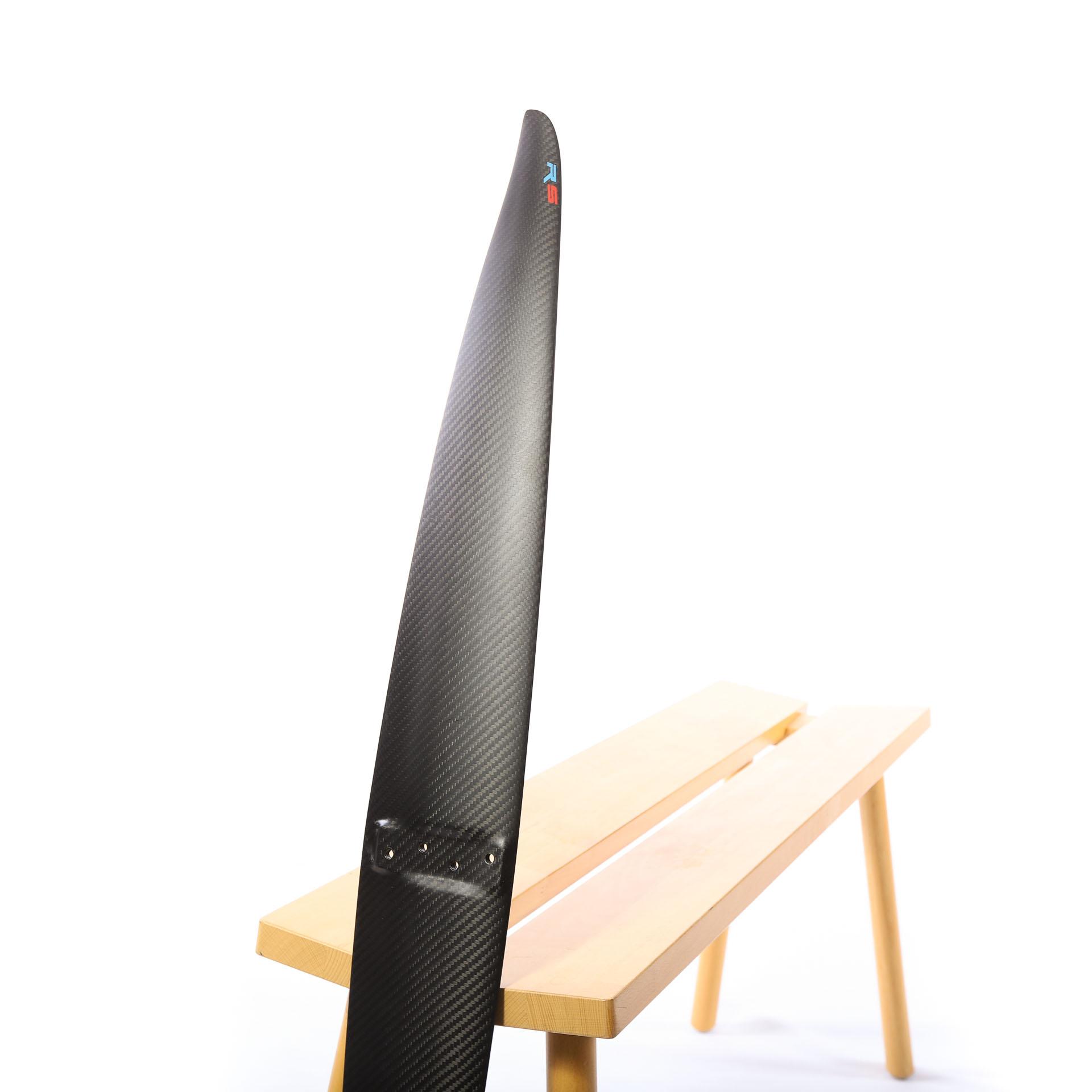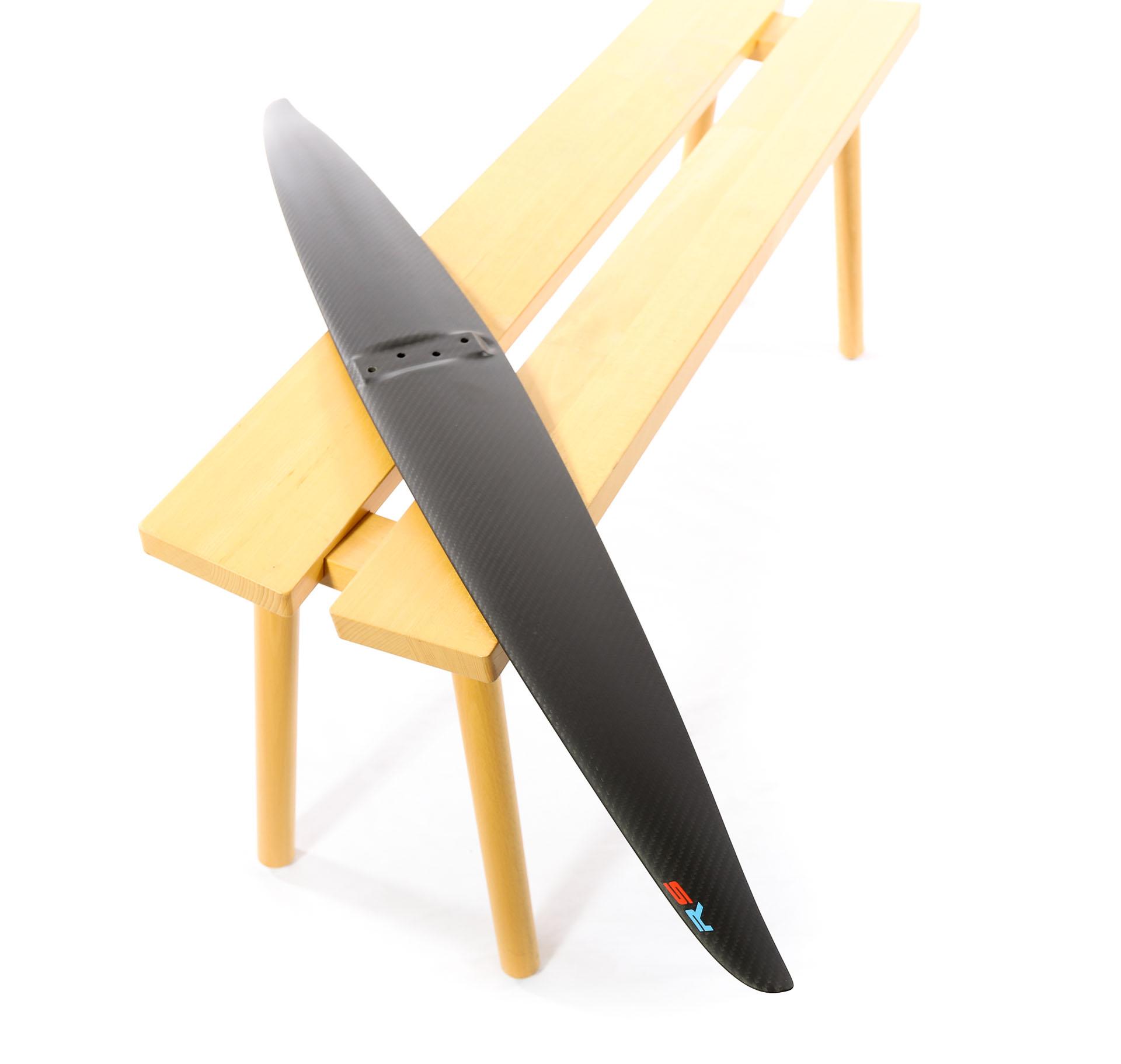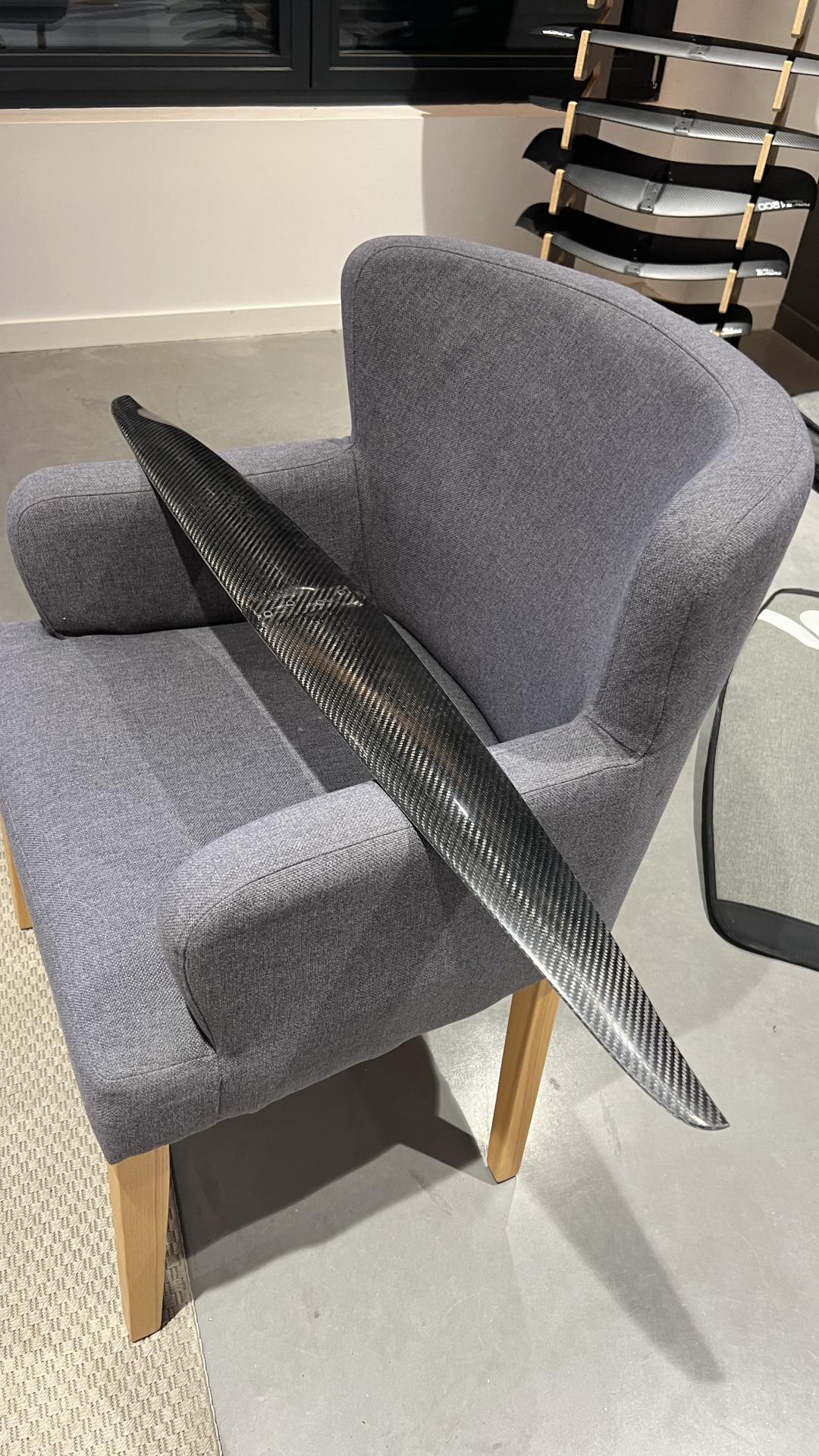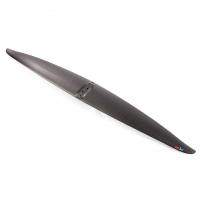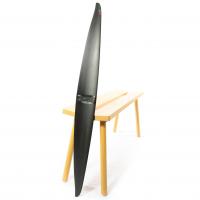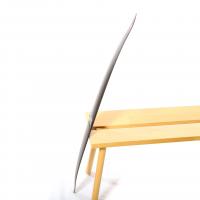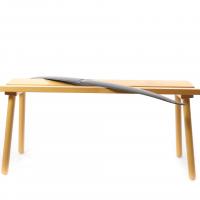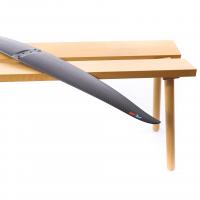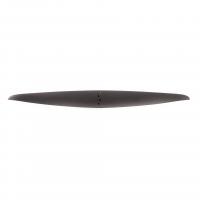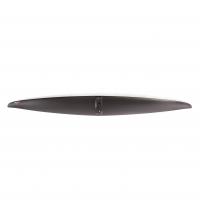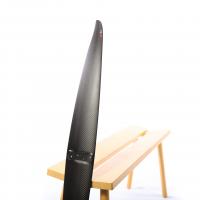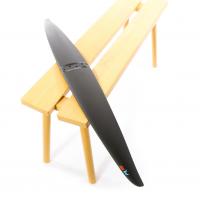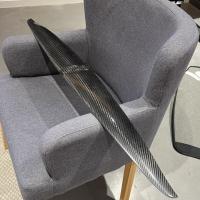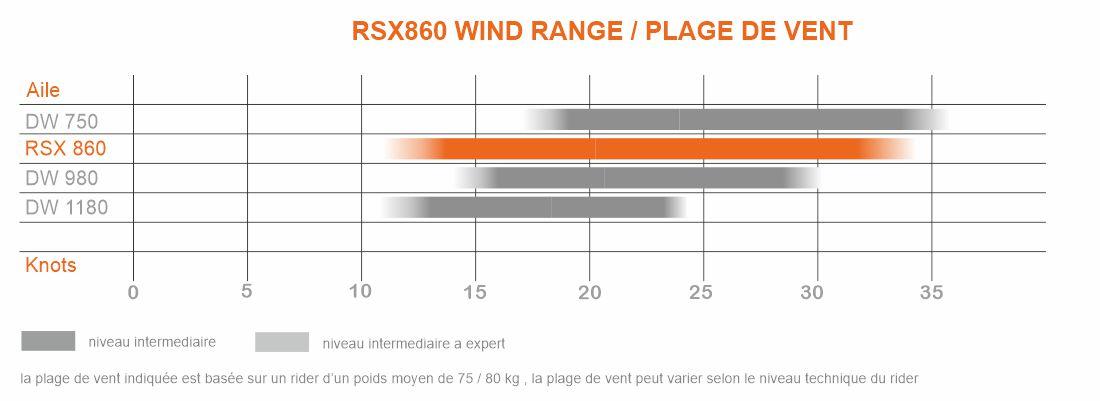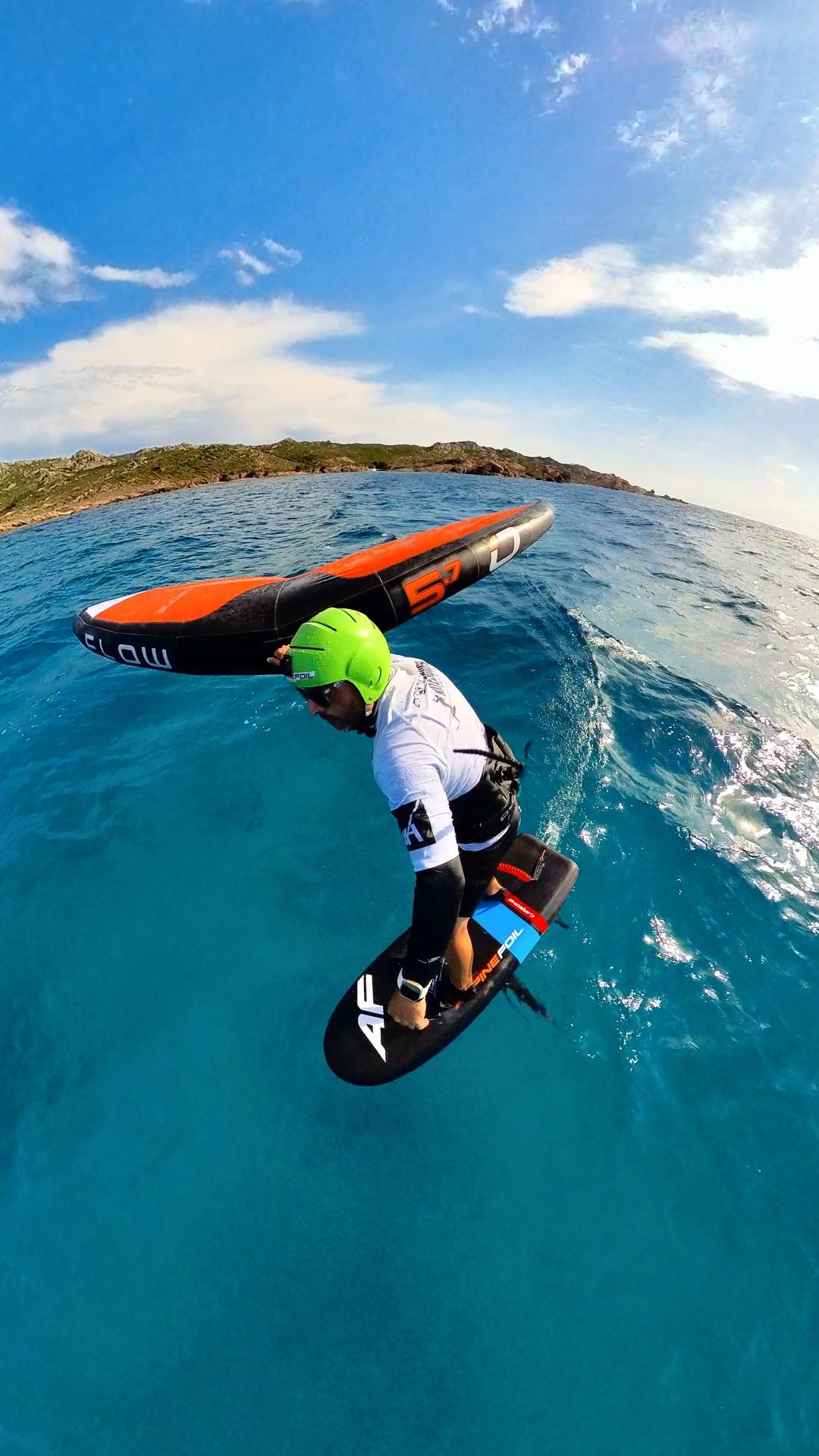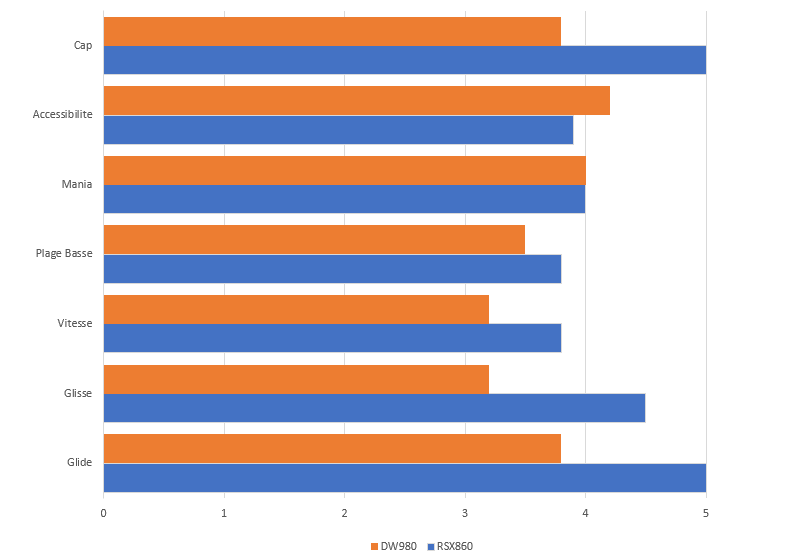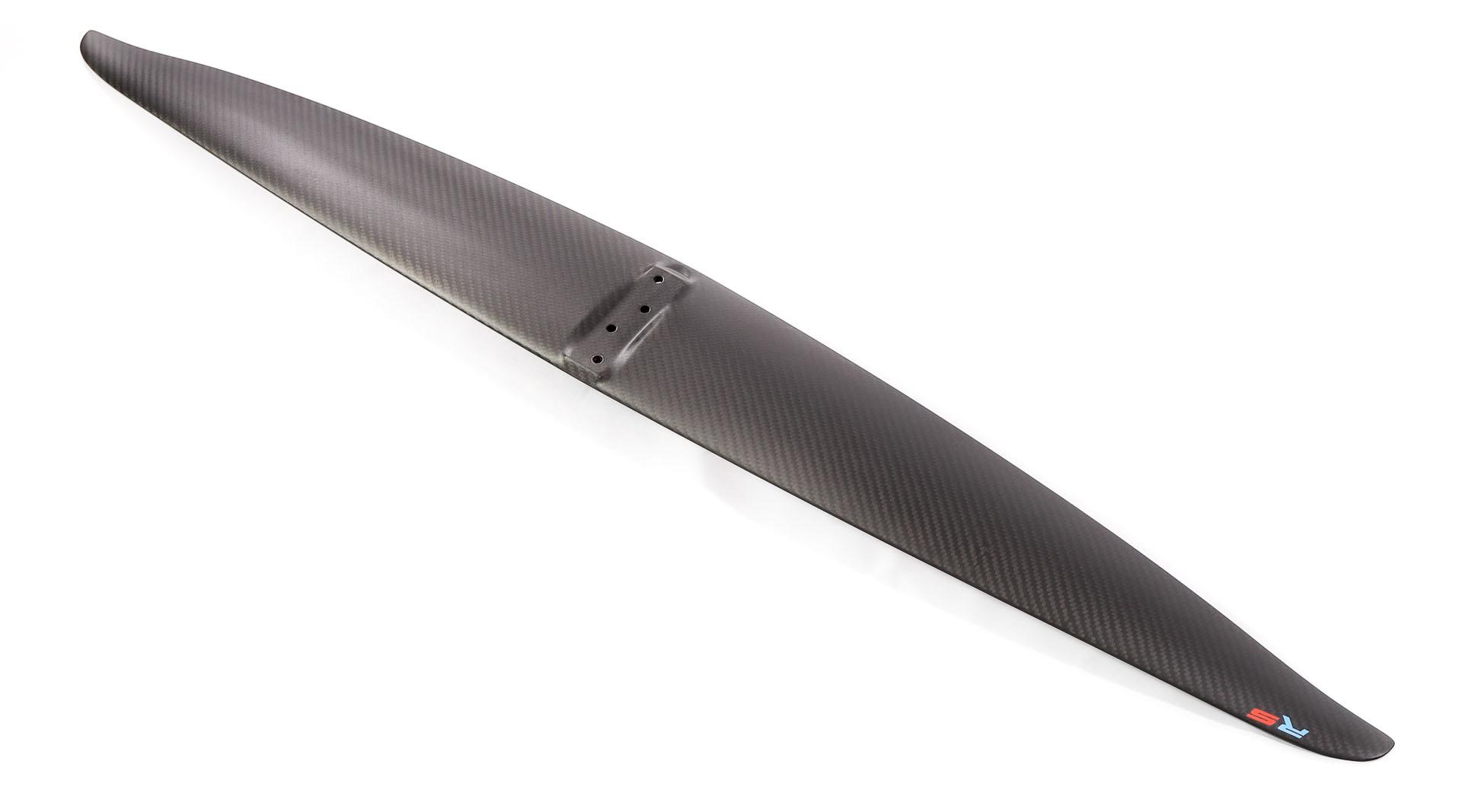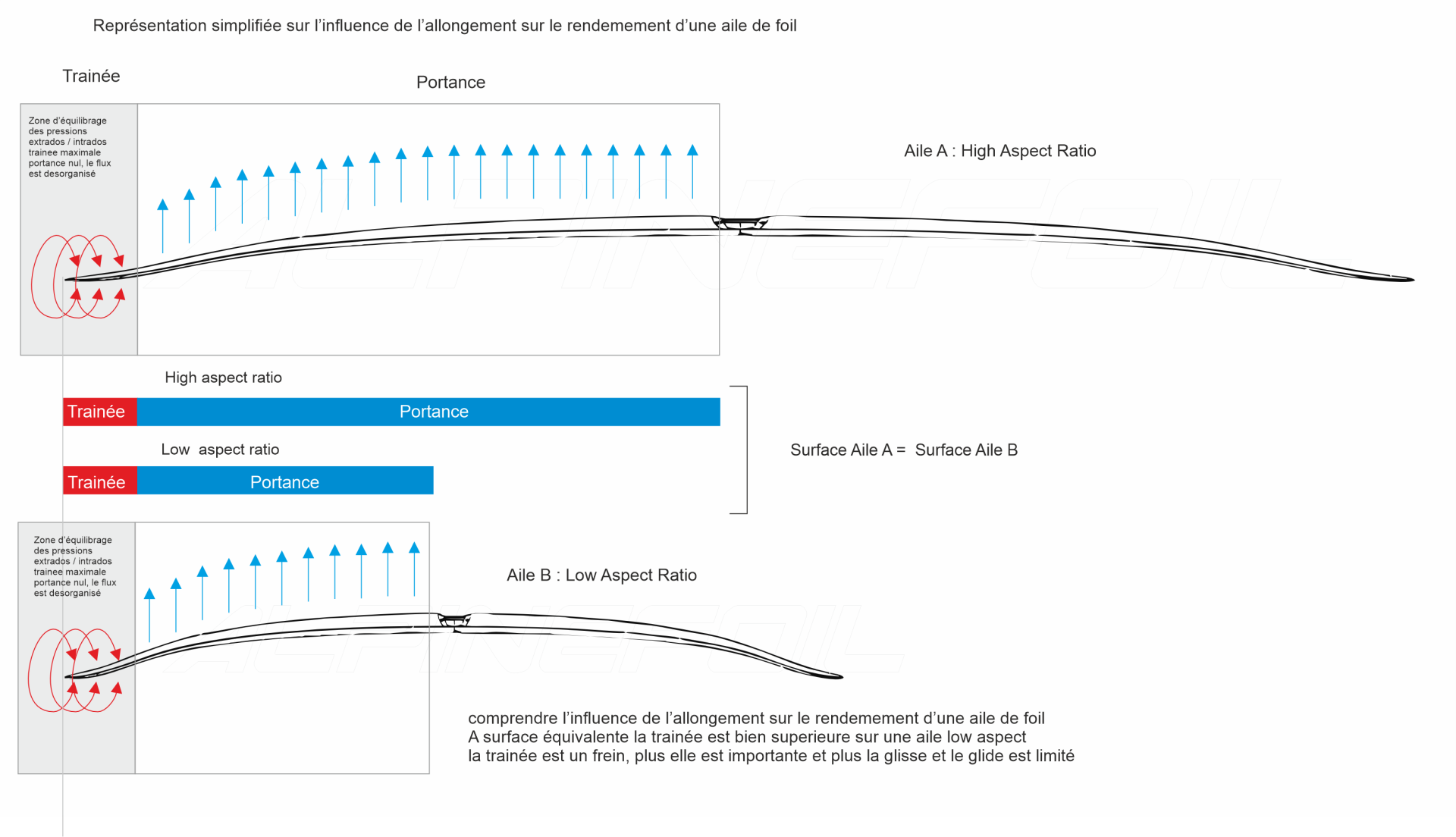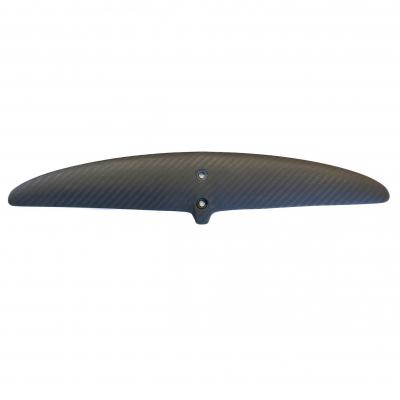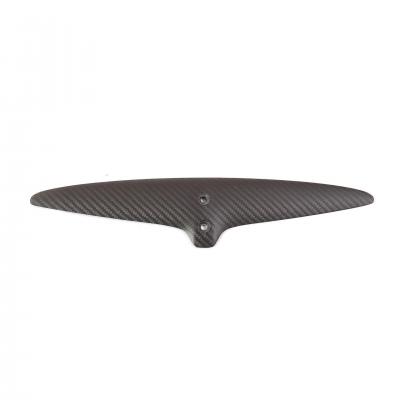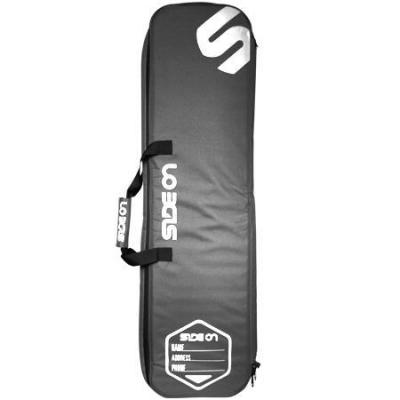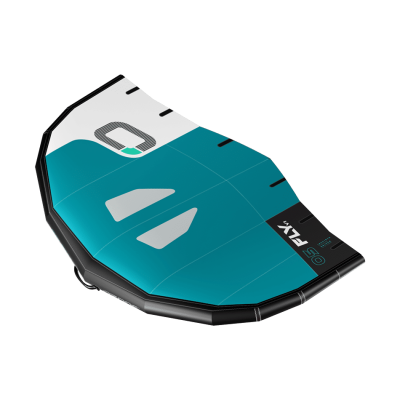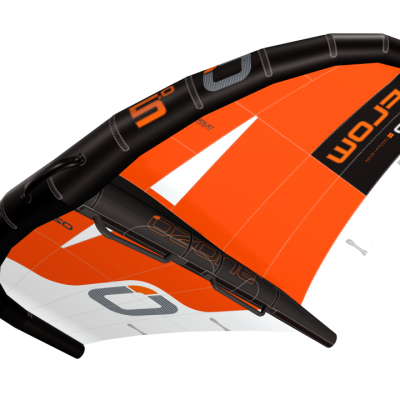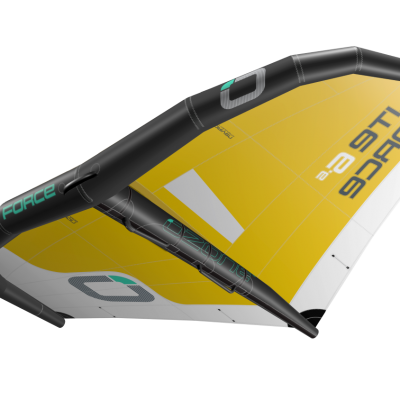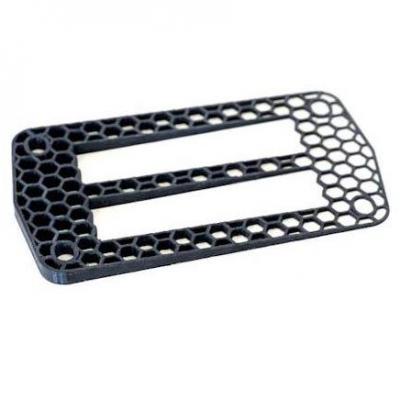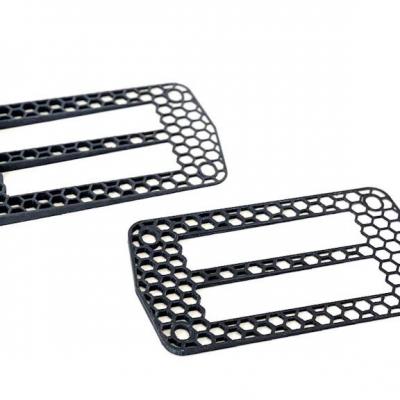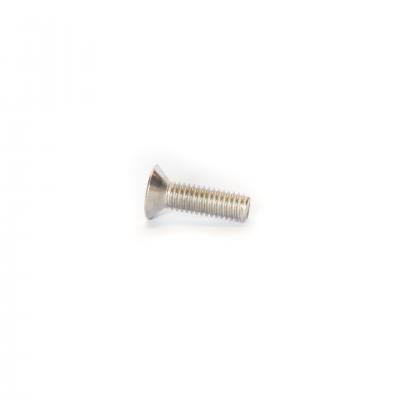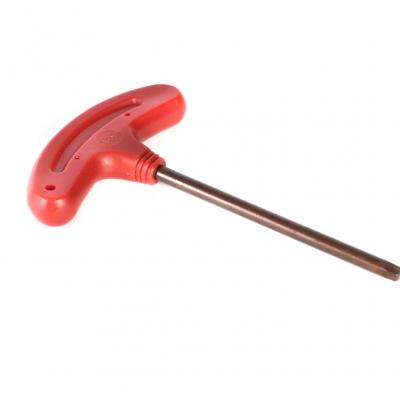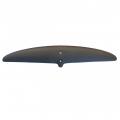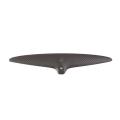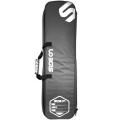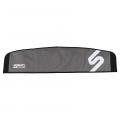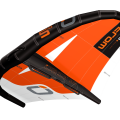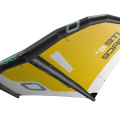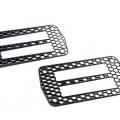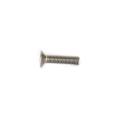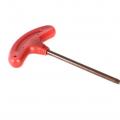Wing - RSX 860
- Surface area: 860 cm2
- Wingspan: 1060 mm
- Chord: 128 mm
- Aspect Ratio: 13
- Profile: RSX
- 100% carbon HR + HM
The RSX 860 joins the other wings in the RSX lineup. With a very high aspect ratio of 13, the RSX series redefines the standards of water sports, offering ultimate glide, efficiency, and flow.
Designed for wingfoiling, downwinding, and windfoiling, it allows you to take off very early and glide effortlessly over tiny swells, and perform at a high level in downwind conditions.
Monday to Thursday: 8 a.m.–12 p.m. / 2 p.m.–7 p.m.
Friday: 8 a.m.–12 p.m.
Availability: In stock
829.00€ inc. tax
690.83€ excl. tax
RSX860 Wing super High Aspect AR13 made in France
Why the RSX860?
What are the benefits of the new RSX860?
Who is the RSX860 AR13 aimed at? What should the rider's skill level be? Recommended equipment and settings.
Comparing Alpinefoil RSX860 AR13 vs DW980 AR 8.8
Alpinefoil, a French-made forward-compatible multidisciplinary design
Designing foils: the impact of aspect ratio on performance!
What is the aspect ratio (elongation) of a foil wing?
But what are the downsides of a foil with a high aspect ratio?
Alpinefoil, the only foil manufacturer to keep backward compatibility of its wings across all disciplines!
The Reviews on the new Alpinefoil RSX860 AR13 foil wing
Reviews of the new RSX860 Wingfoil and Pumpfoil
Review of the RSX860 Wing in Windfoiling
Review of the RX860 wing in Kitefoil
Suggestions
-
Stabilizer HA 175 - High Performance
Carbon Stabilizer High performance 175cm², 385 mm Windfoil & Wingfoil compatible369.00€ inc. tax
Details
307.50€ excl. tax -
Stabilizer HA 165 - Wave - Speed
Surface: 165 cm2 Span: 350 mm Carving, Wave, Speed Profile: RS2024 Construction: 100% carbon + Airex Manoeuvrability:...369.00€ 295.20€ inc. tax
Details
307.50€ 246.00€ excl. tax -
Stabilizer HA 130
Surface: 130 cm2 Span: 360 mm Pumpfoil, Carving, Wave, Speed Profile: RS Construction: 100% carbon...369.00€ inc. tax
Details
307.50€ excl. tax -
SIDEON Foil Case - 115 cm x 30 cm
"Suitcase" type cover 115 cm x 30 cm specially designed for foils with plate (HAWK / MODULAR...119.00€ inc. tax
Details
99.17€ excl. tax -
Foil wing cover SIDEON 115x25
Wingfoil/Windfoil compatible foil cover Size XL 115x25 ideal for DW1680 , DW1370 and Regatta 1100 High...42.90€ inc. tax
Details
35.75€ excl. tax -
Pocket Pro carbon 98 x 45
Ultra-innovative pocket kitefoil, Ultra Light (1.9 kg 100% carbon - 112 x 47 made in FranceFrom
Details
1 299.00€ inc. tax
1 082.50€ excl. tax -
Wingfoil HAWK V3 carbon 95
Wingfoil AlpineFoil Hawk V3 Carbon HM (High Modulus) 95 cm, US Rail-compatible Plate + fuselage...From
Details
2 289.00€ inc. tax
1 907.50€ excl. tax -
Wingfoil sail - OZONE Fly V1
The Fly V1 is an Intermediate wing that is also perfectly accessible for those new to this sport. We...From
Details
999.00€ inc. tax
832.50€ excl. tax -
Wingfoil sail - OZONE FLOW
The new Ozone Flux V1 made a dominant release, with Ozone team riders Johnny Heineken and Ken Adgate...From
Details
1 049.00€ inc. tax
874.17€ excl. tax -
Wingfoil sail - OZONE LiteForce
The Ozone LiteForce is the perfect wingfoil for ultra-light wind conditions. It is available in sizes...From
Details
1 559.00€ inc. tax
1 299.17€ excl. tax -
M6 M8 T-Nuts for foil with plate to board with US Rail
IN STOCK T-Nuts M6 & M8 compatible for US Rail self-locking screws Quantity : x4 Compatible...39.00€ inc. tax
Details
32.50€ excl. tax -
Wingfoil Rake shim
Rake adjustment shim for US Rail system, allows to optimize the take-off of the foil in the light wind...26.00€ inc. tax
Details
21.67€ excl. tax -
Pack of two Wingfoil Rake shim
Pack of two rake adjustment shims for US Rail system, allows to optimize the take-off of the foil in...52.00€ inc. tax
Details
43.33€ excl. tax -
Screw 25 MM Inox A4 TORX Foil
Vis 25 mm Inox Forgé A4 Torx 30, spécial foil, made in Germany Prix 2,13 Euros HT2.55€ inc. tax
Details
2.13€ excl. tax -
Screw 20 MM Inox A4 TORX Foil
Vis 20 mm Inox Forgé A4 Torx 30, spécial foil, made in Germany Prix 1.96 Euros HT2.35€ inc. tax
Details
1.96€ excl. tax -
Kitefoil Torx driver tool
Torx mounting compact key, allowing an optimal tightening of the elements of your foil, this key ensures...17.50€ inc. tax
Details
14.58€ excl. tax
Add a comment
Receive AlpineFoil news
